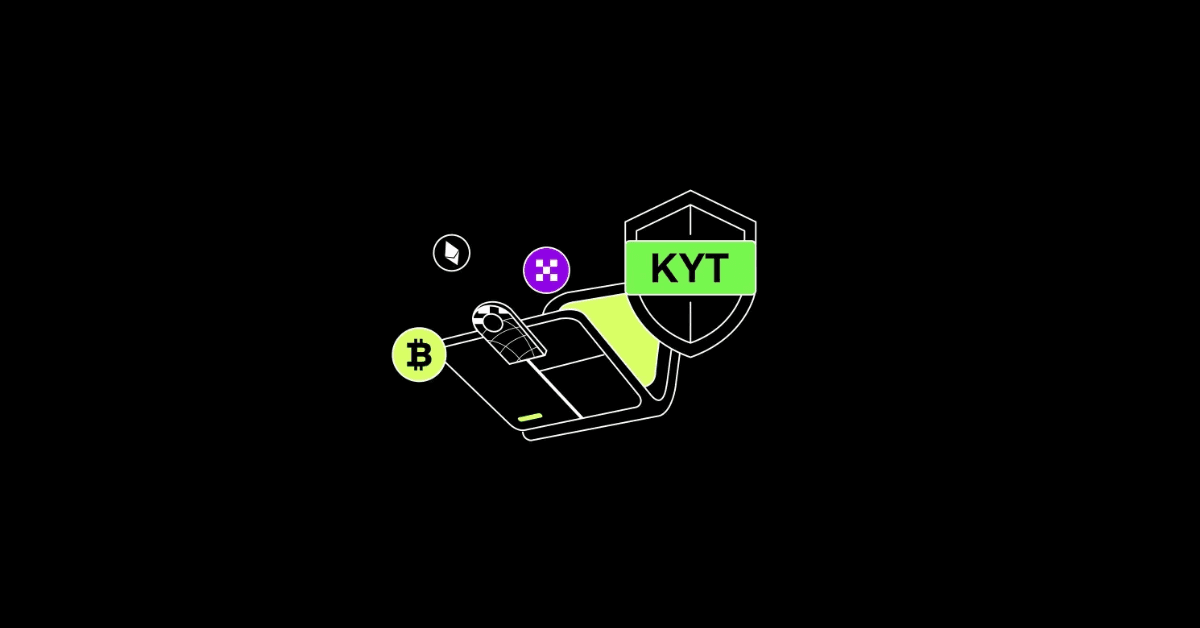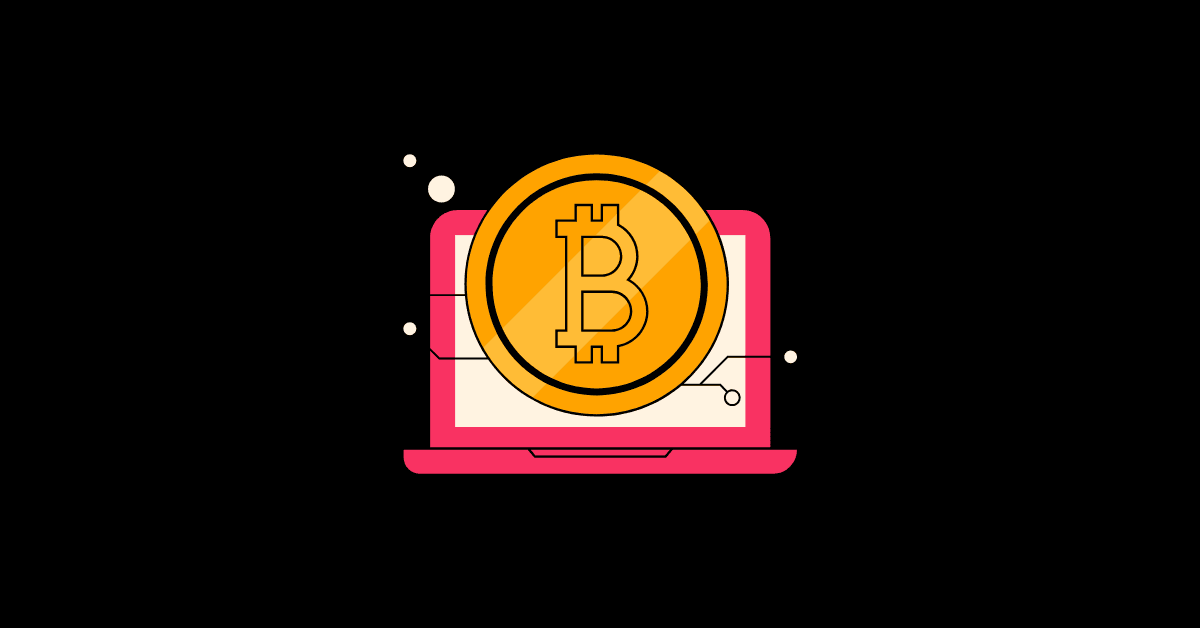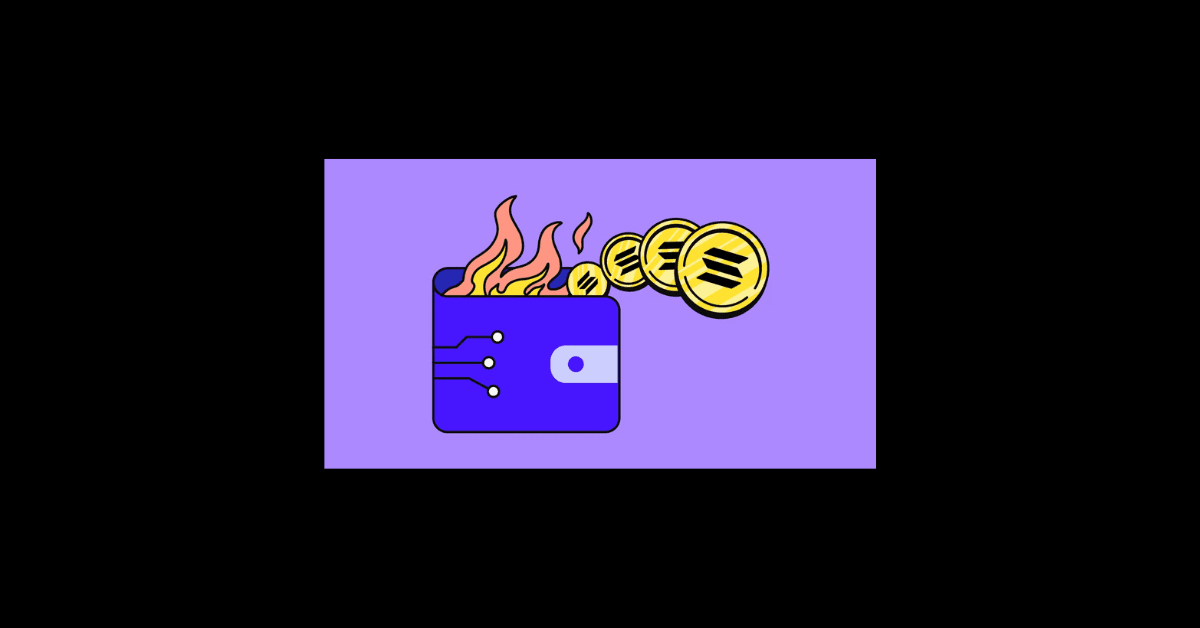Shakeouts are a common strategy used by whales. They aim to scare retail investors into selling their tokens. Whales do this to buy tokens at lower prices and make bigger profits later. While shakeouts can feel overwhelming, they don’t last forever. Whales face limits like costs and risks.
This article explains how long shakeouts usually last, the time cost of shakeouts, and why whales can’t keep shaking out forever.
How Long Do Shakeouts Last?
Whales can’t keep prices low forever. Shakeouts cost money and take time.
Why Time Is a Problem for Whales
Whales often borrow money to push prices down during shakeouts. Borrowing money costs interest, and longer shakeouts mean higher costs. To save money, whales try to finish shakeouts quickly and buy enough tokens fast.
If retail investors don’t sell, whales may:
- Push prices even lower to scare people into selling
- Spread bad news to create fear in the market
But whales can’t keep doing this forever. Once they buy enough tokens, they stop the shakeout and start pumping prices up to make profits.
Read more: Shakeouts and Unloading: Key Market Differences ; The True Purpose of Whales’ Shakeout
What Stops Whales from Shaking Out Forever?
Shakeouts aren’t always successful. Whales face challenges when investors don’t panic.
What Happens When Shakeouts Fail?
If retail investors don’t sell, whales may try harder by:
- Dropping prices more to force weak investors to sell
- Spreading more fear through fake news or rumors
These tactics can work, but they also bring risks. If whales push too hard, they might:
- Destabilize the market: Prices could crash too much, hurting everyone
- Attract regulators: Governments might step in to stop manipulation
When Whales Move On
If whales can’t scare enough investors, they might stop the shakeout early. Once they own most of the tokens (like 70%-80%), they usually switch to pumping prices up. This lets them sell their tokens at higher prices and make profits.
Why Shakeouts Don’t Last Forever
Shakeouts cost money, and whales are careful about spending too much. They balance the time and cost of shakeouts with the profits they hope to make. Here’s why shakeouts don’t last forever:
- High costs: Longer shakeouts mean higher borrowing costs, which eat into profits
- Market risks: Prolonged manipulation can lead to crashes or government action
Whales want to buy tokens at the lowest cost. Once they have enough, they stop the shakeout and focus on pushing prices higher to make money.
Tips for Retail Investors
Knowing how shakeouts work can help retail investors avoid losses. Here’s what you can do:
- Stay calm: Don’t panic and sell during shakeouts. Whales want you to sell cheap.
- Watch for signs: Look for stable prices or less volatility. These can mean the shakeout is ending.
- Manage your risk: Diversify your investments and avoid borrowing too much money.
By staying informed and patient, you can avoid falling into whales’ traps and protect your investments.
Final Thoughts
Shakeouts are temporary. Whales use them to buy tokens cheaply, but they can’t keep shaking out forever. Shakeouts are limited by time, costs, and risks. Knowing how they work can help retail investors make smarter decisions and avoid unnecessary losses.








